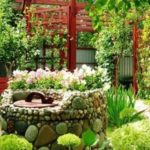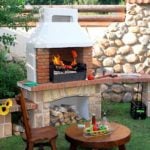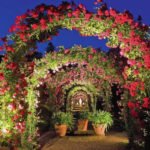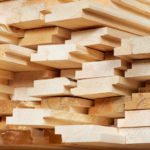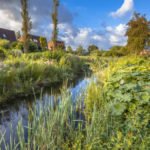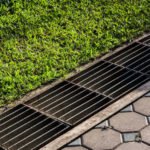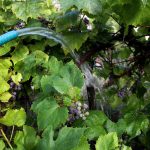Where does your personal Kingdom begin? From the fence, because it is the first to see anyone who comes to the site. Sees and-makes an impression about the owners and their dacha possessions.
A proper fence is like a well-chosen frame for a painting, without which even the most beautiful picture will not “play”. There are two ways to achieve perfection: build a new fence or “unify” an existing one.
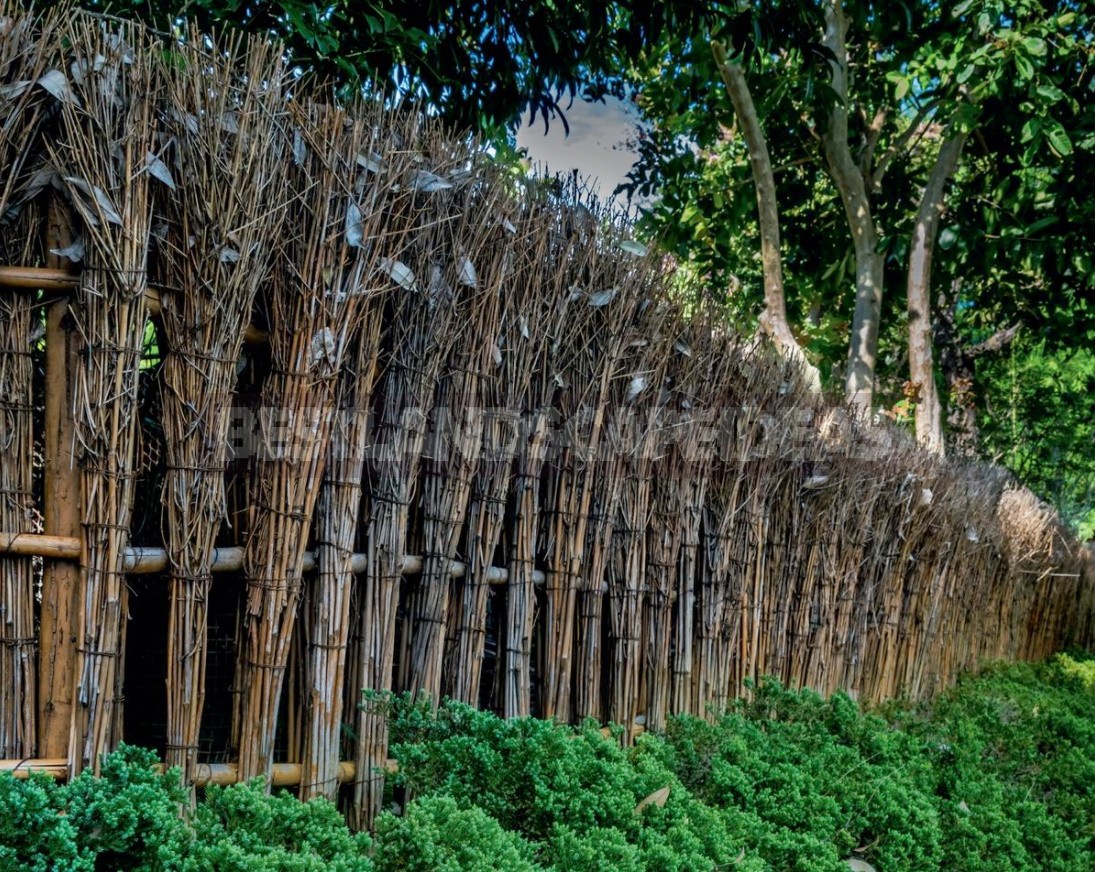
Tip: when building a new fence or improving an existing one, repeat the main, most striking motifs of the house decoration and the lines of the garden layout. And be sure to use the materials that are involved in creating buildings on the site.
Let’s look at what are garden fences and what they are built from.
Tree
A fence made of live material is inexpensive and reliable, and creative owners are probably able to come up with a lot of different embodiments for it. Picket fence, fence in the form of a wooden “grid”, solid fence-choose!
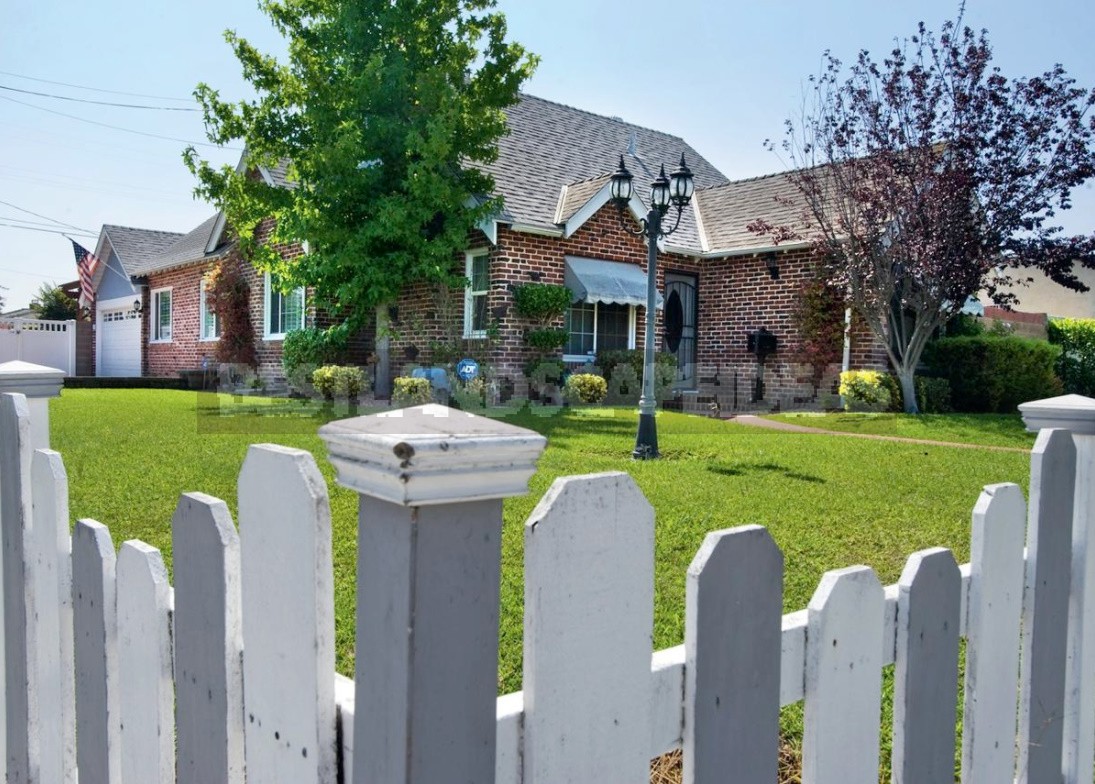
Designs with openwork inserts in the form of rhombuses, squares, and circles look interesting. No less original is a fence made of round logs with pointed ends (a Fence made of “pencils”), but this design is not suitable for every garden.
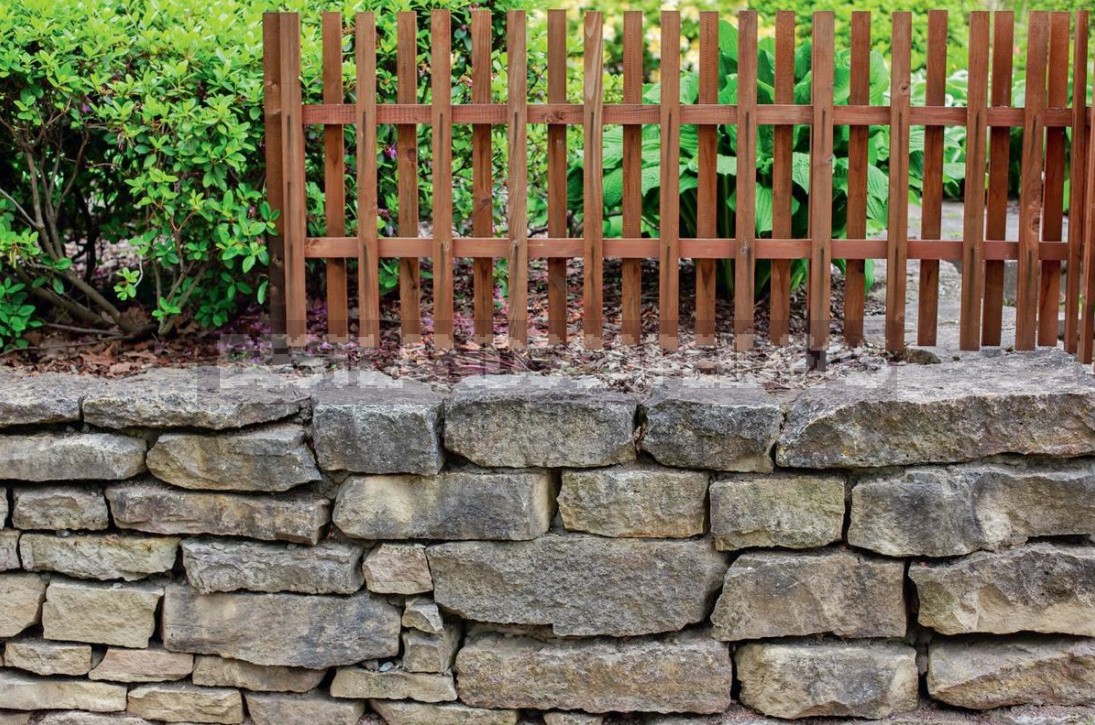
An unusual and very budget option is a fence made of uncut boards. Tip: in order for it to “play with texture”, choose the most “picturesque” boards — with uneven edges and an expressive texture. Sand them to a smooth state and cover them with a varnish that emphasizes the natural pattern of the tree. When assembling the fence, alternate UN-cut boards with cut boards at right angles (the first should be an order of magnitude more).
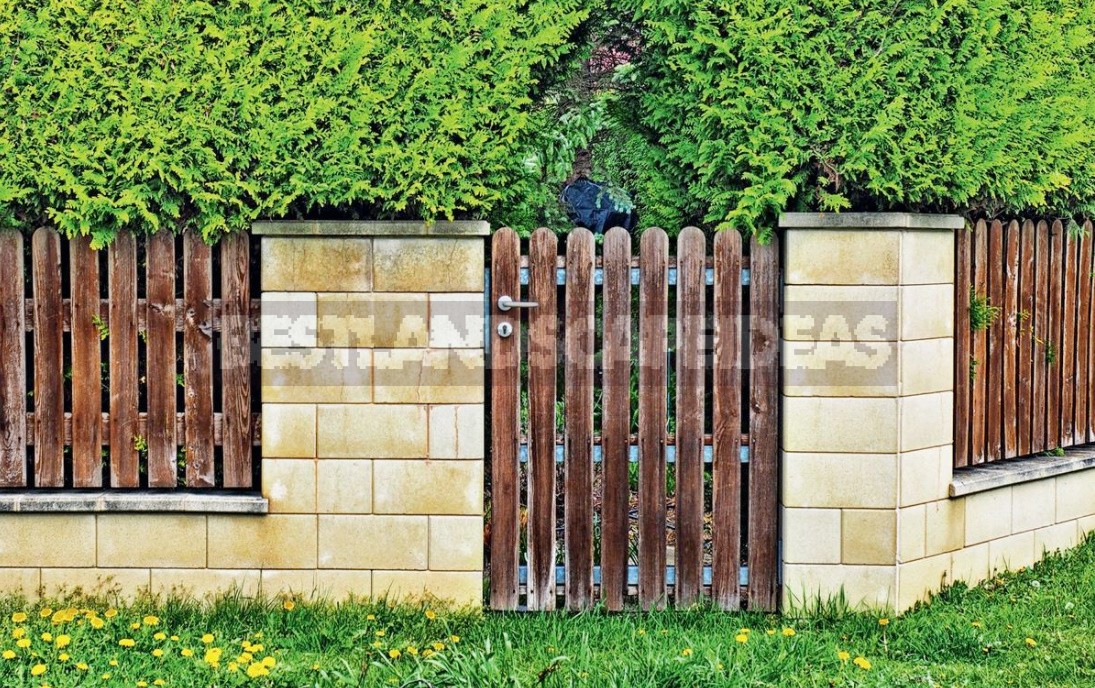
Brick
Fences made of it look very decent, in addition, the material is perfectly combined with all the others — stone, wood and forged metal, and bricks of different types and colors can be laid out all sorts of ornaments and drawings. Tip: try to lay the brick at an angle, but not flat, but spatially — then the fence will acquire a textured multi-dimensionality.
If you want to make “Windows” for plants in the wall, fill the places of some bricks with mounting foam during the installation process. After drying, it is easy to clean it, and fill the niches with unpretentious “residents”, for example, groundcovers.
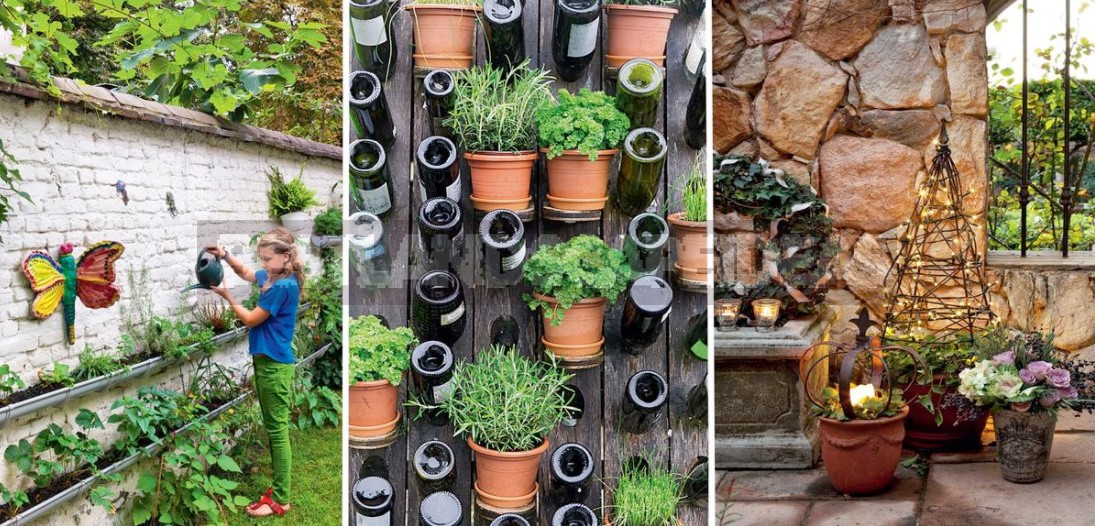
Feel an artistic streak — plaster a brick wall and paint it to your liking. All your life you have dreamed of a fence made of expensive natural stone — just put it on an ordinary brick fence, it will turn out beautiful, economical and reliable.
Concrete
The fence from it looks brutal and will not fit into every garden, it is important not to” miss ” with style. A compromise option: only make concrete pillars, and sections – from another material. This fence is a real find for people with a creative streak, because it allows you to implement the most unexpected creative ideas: the surface can be painted, faced with stone, make inserts of glass blocks or inlaid with small pebbles, lined with patterns.
Forged metal
The “lace” weaving of forging is like frozen music. This fence is probably the most “noble” and stylish, with a bright personality. Forged elements-sections should have a frame: the openwork pattern is especially beautiful when it has clear borders.
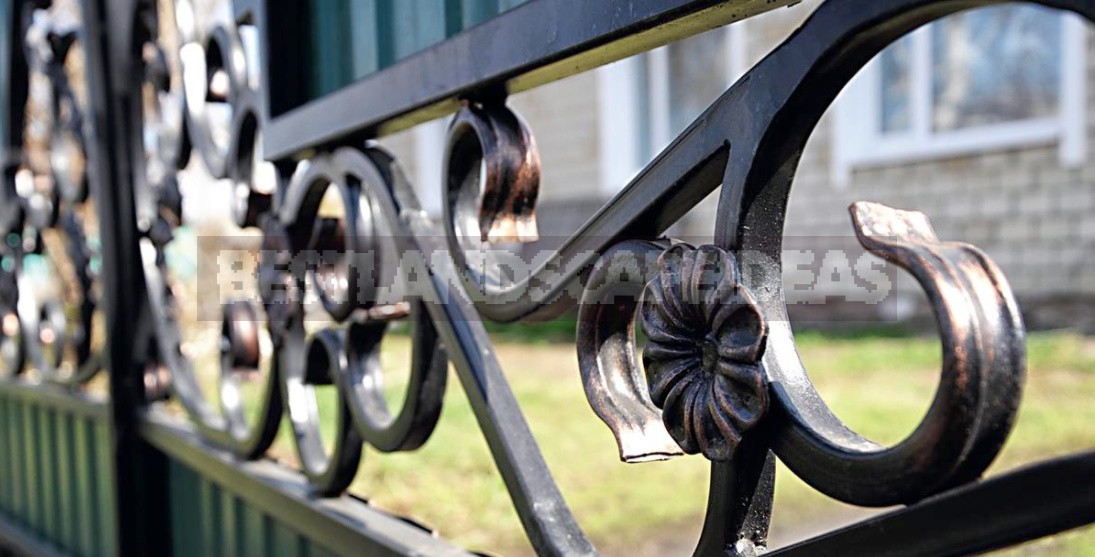
Tip: to make the fence unique, put the sections not perpendicular to the ground surface, but with a slight slope — just 5-8 degrees. A dark-colored fence can be combined with “gold” or “silver” elements. Forging is quite expensive and to save money, you can combine forged and brick sections within one fence or make forged inserts in a solid fence of colored concrete.
Profiled sheeting
The main advantage of this material is its cheapness. The fence made of it is strong, easy to install, and if desired — perfectly decorated. Posts for the fence will fit any, but if you are a designer at heart, make them out of bricks, this is the best “companion” of profiled flooring. From the rich color scheme presented in construction stores, choose a shade that matches the color of the roof of the house. Tip: if you have your own design project in mind, which involves a rare color of the fence, buy unpainted galvanized sections to paint them yourself.
Rabitz
Another economical option: the Foundation is only needed for support pillars. But the main advantage of this design is that being invisible, “dissolving” in the space of the garden, it is compatible with any style of design of country lands.
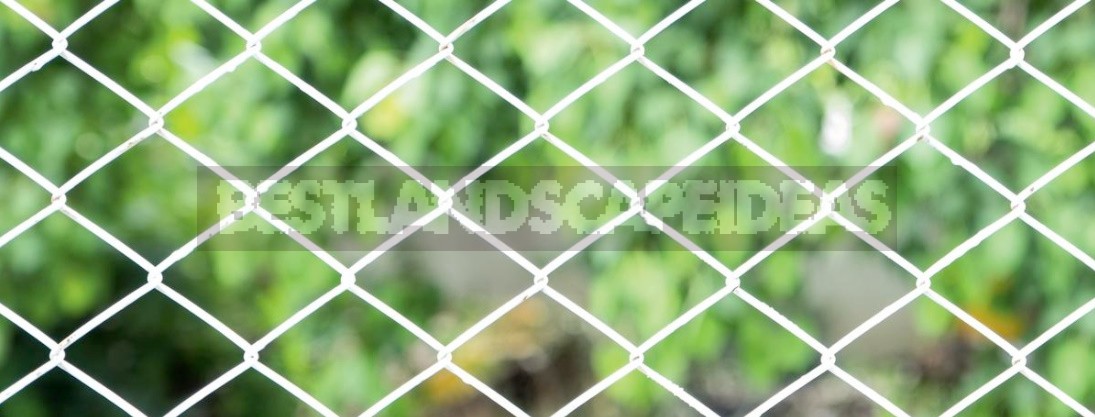
This fence does not shade the plants, does not obscure the beautiful views, and is also a ready-made device for vertical gardening.
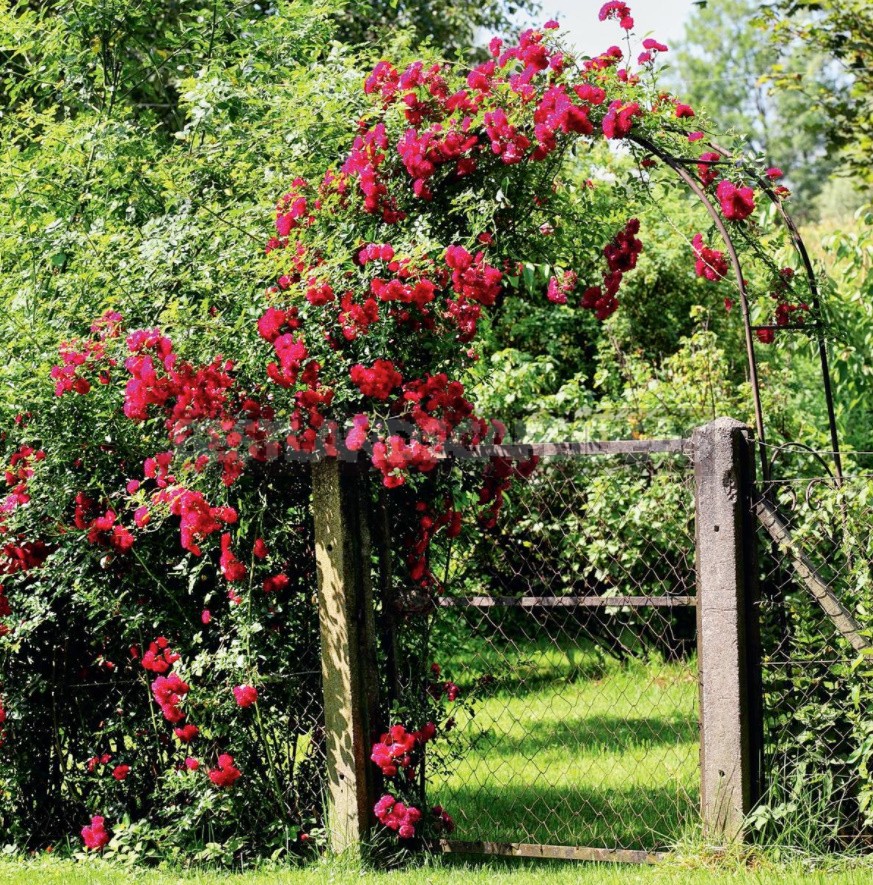
However, the transparency of such a fence is not only a plus, but also a minus: the site is visible, there is no protection from the wind. Make a “layer” fence! Duplicate the metal “veil” from the inside with a fence or alternate the mesh sections with elements from another, dense material — so you will not see what you want to hide from prying eyes, and at the same time, the landing is not shaded, which is vital to light. Tip: you can hang containers with flowering plants on a metal grid.
If you decide to build a chain-link fence, make it “layered” — combine sections of the chain-link fence and zones with other types of fencing. For example, a wooden fence, covered with netting, or the netting is doubled up inside the fence. “Puff” the fence is able to visually enhance your site.
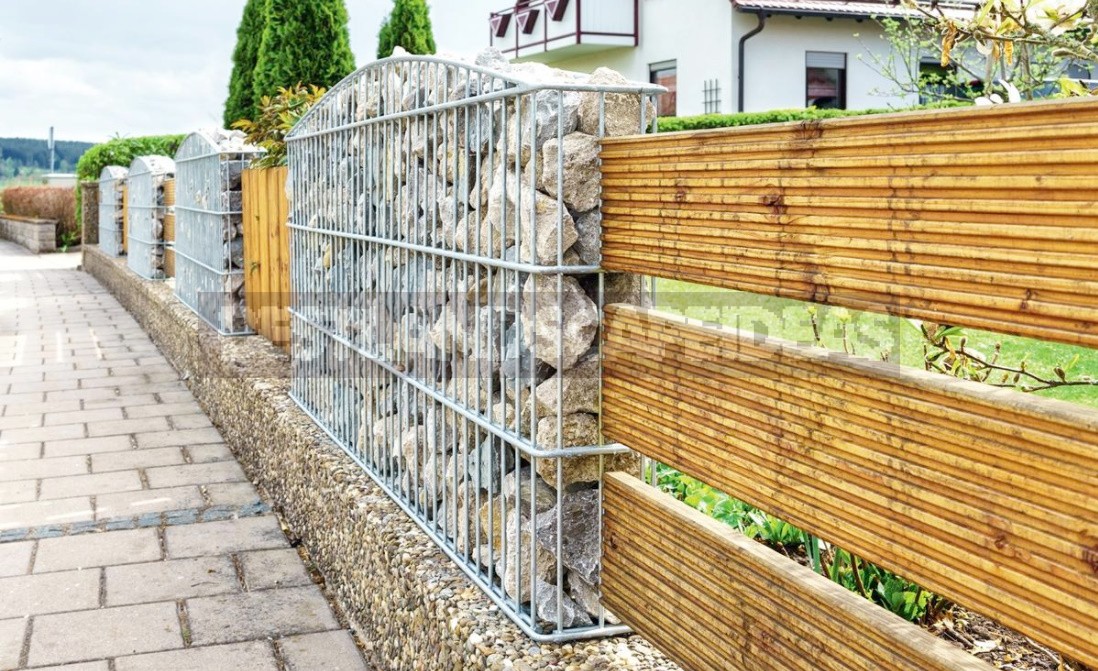
Polycarbonate
The fence made of this material does not shade the plot (light transmission capacity — 90%), but at the same time it does not open the garden to all the winds and views. Transparent polymer sheets are attached to supports-“picket fence” made of metal.
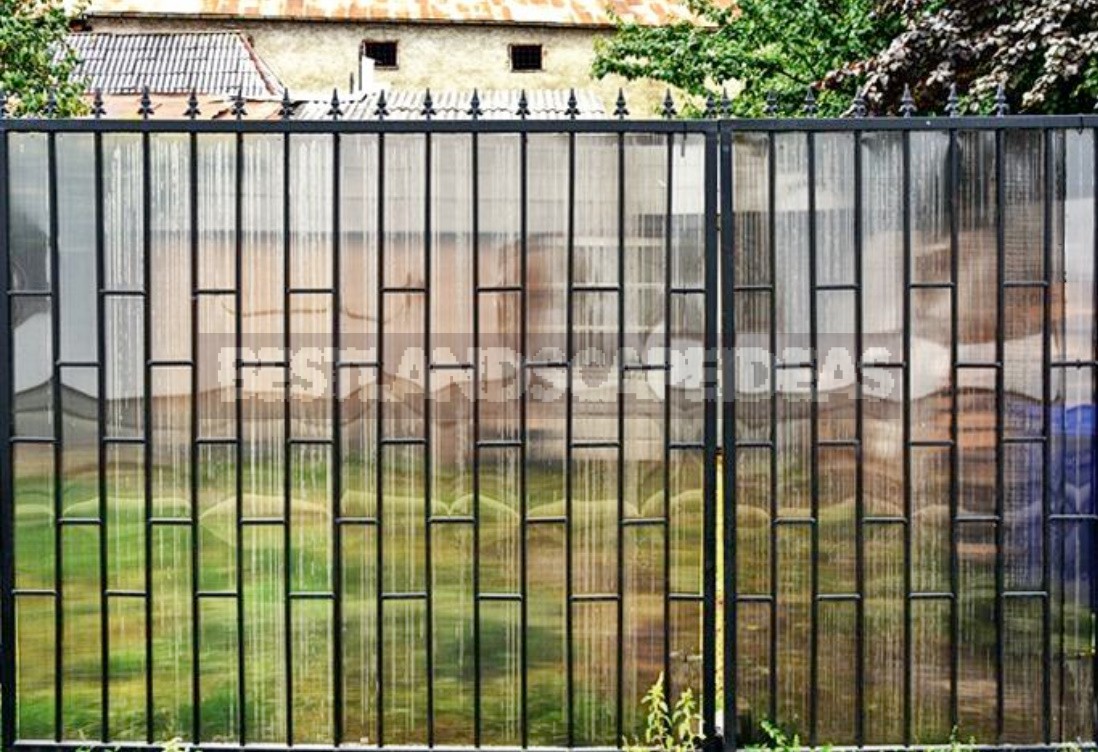
Tip: the fence will look more spectacular, where the “picket fence” is not curly, but a restrained rectangular shape.






